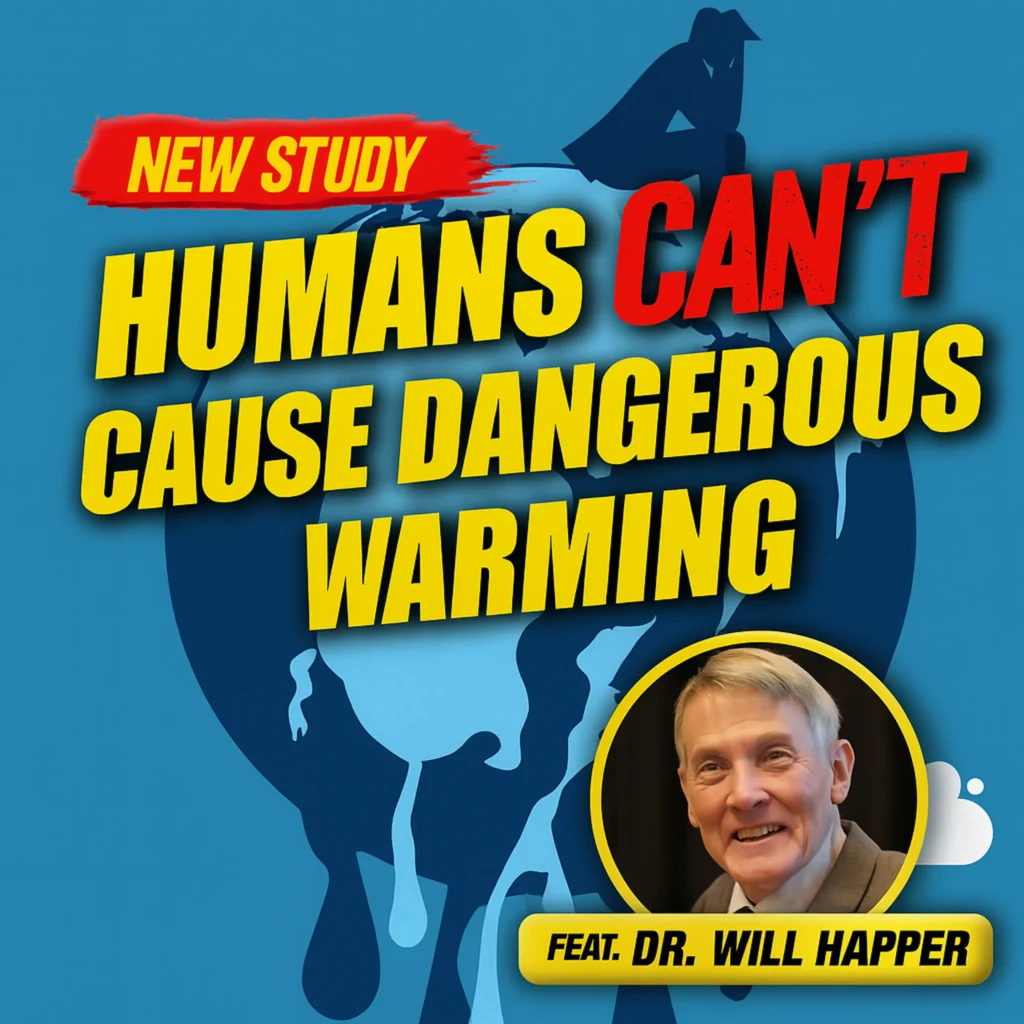More than a year has passed since U.S. Surgeon General Richard Carmona said, “The debate is over. The science is clear: Secondhand smoke is not a mere annoyance, but a serious health hazard.”
At the time, Carmona released a seemingly impressive 727-page report on secondhand smoke, the introduction of which claims secondhand smoke killed approximately 50,000 nonsmoking adults and children in 2005.
Carmona’s report stated the new orthodoxy in the anti-smoking establishment: There is a “consensus” on the dangers of secondhand smoke. But did his report actually make the case?
Junk Science and Courtrooms
Understanding Carmona’s report requires familiarity with a different report–the Federal Judicial Center’s 2000 “Reference Manual on Scientific Evidence, Second Edition,” the official guide for judges to understand and rule on science introduced in courtrooms.
According to the manual, nearly all the studies cited in Carmona’s report wouldn’t pass muster in a court of law because they are observational studies, the sample sizes are too small, or the effects they show are too negligible to be reliable.
For example, the Reference Manual states, “the threshold for concluding that an agent was more likely than not the cause of an individual’s disease is a relative risk greater than 2.0.” Few of the studies Carmona cites found relative risks this large, and most found risks in a range that included 1.0, which means exposure to secondhand smoke had no effect on the incidence of disease. In the world of real science, that’s a knockout blow.
Most of the research Carmona cites was rejected by a federal judge in 1993, when the Environmental Protection Agency (EPA) first tried to classify secondhand smoke as a human carcinogen. The judge said EPA cherry-picked studies to support its position, misrepresented the most important findings, and failed to honor scientific standards. Carmona’s report relies on the same studies and makes the same claims EPA did a decade ago.
Missing Study
Did Carmona and coauthors cherry-pick the data? Absolutely. They ignore the largest and most credible study ever conducted on spouses of smokers, by Enstrom and Kabat, published in the May 12, 2003 issue of the British Medical Journal. The authors found:
“The results do not support a causal relationship between environmental tobacco smoke and tobacco-related mortality. The association between tobacco smoke and coronary heart disease and lung cancer may be considerably weaker than generally believed.”
Carmona mentions the Enstrom study just once, in an appendix listing studies too recent to include in the report. But Enstrom’s study was published four years ago, and Carmona cites more recent studies. In fact, Carmona’s principal “findings” were taken from a 2005 report–not a scientific study, merely another report–from California’s Clean Air Resources Board, mostly citing the very studies the federal judge rejected in 1993.
Additional Confirmation
The Enstrom study isn’t the odd exception among all the available studies on secondhand smoke. A 2002 analysis of 48 studies, also published in the British Medical Journal, found only seven showed a relationship between secondhand smoke exposure and lung cancer, while 41 did not.
A 1998 World Health Organization (WHO) study covering seven countries over seven years actually showed a statistically significant reduced risk for children of smokers and no increase for spouses and coworkers of smokers.
False Findings
No one is saying being around smokers is good for kids’ health. The WHO study simply shows the largest and longest studies on secondhand smoke are most likely to find no effects.
There is a reason for this. In an August 2005 essay in PloS Medicine, Tufts University epidemiologist John Ioannidis explains:
“There is increasing concern that in modern research, false findings may be the majority or even the vast majority of published research claims. However, this should not be surprising. It can be proven that most claimed research findings are false.”
Ioannidis writes that when tens of thousands of researchers are conducting thousands of small and short-term epidemiological studies, all of them seeking to find evidence of a small or nonexistent effect, and when academic journals are predisposed to publish studies claiming positive correlations (no matter how small) that support the conventional wisdom, the result is that “most published research findings are false.”
Who’s Claiming Consensus?
Far from being the last word on the health effects of secondhand smoke, Carmona’s report and its uncritical acceptance by frequent commentators on smoking raise questions about bias, error, and the deliberate orchestration of public opinion. The commentators who echo the Surgeon General’s claim fall into one or more of five groups:
- Liberal advocacy groups such as the Center for Tobacco Free Kids, American Cancer Society, and American Legacy Foundation, which clearly profit from increased public attention to secondhand smoke.
- Government agencies, including the Office of the Surgeon General, the Department of Health and Human Services, and EPA, which exist largely for the purpose of discovering and publicizing health risks, even if they are backed by dubious research.
- Some corporations–notably Johnson & Johnson, which makes smoking-cessation aids–which give liberal advocacy groups hundreds of millions of dollars to demonize smoking and compel more consumers to use their products.
- The news media, which simply publish the news releases from the first three groups.
- Politicians, who read the newspaper stories and hear from the advocacy groups and rationally calculate their odds of being reelected improve if they proclaim deep concern over secondhand smoke and propose solutions that will cost taxpayers and consumers billions of dollars annually.
Heavy-Handed Government
The idea that smokers and nonsmokers might solve this problem voluntarily is dismissed out of hand by those who claim secondhand-smoke exposure is a public health crisis. The “solutions” they want all require bigger government: higher taxes on cigarettes, bans on smoking in public, restrictions on advertising and health claims, etc.
Oddly, these solutions all work to advance the self-interest and agendas of the five groups that repeat Carmona’s claim of “consensus.” What are the odds this correlation is coincidental?
Joseph Bast ([email protected]) is president of The Heartland Institute and publisher of Health Care News.
For more information …
“The Health Consequences of Involuntary Exposure to Tobacco Smoke: A Report of the Surgeon General,” U.S. Department of Health and Human Services, June 27, 2006: http://www.surgeongeneral.gov/library/secondhandsmoke/
“Reference Manual on Scientific Evidence, Second Edition,” Federal Judicial Center, 2000: http://www.fjc.gov/public/pdf.nsf/lookup/sciman00.pdf/$file/sciman00.pdf
“Why Most Published Research Findings are False,” by John P.A. Ioannidis, PLoS Medicine, August 2005: http://www.pubmedcentral.nih.gov/articlerender.fcgi?artid=1182327



